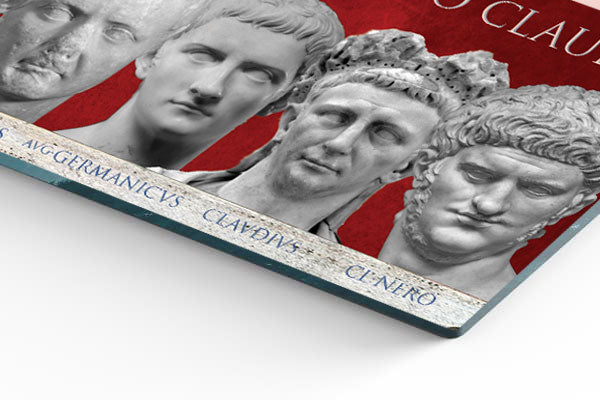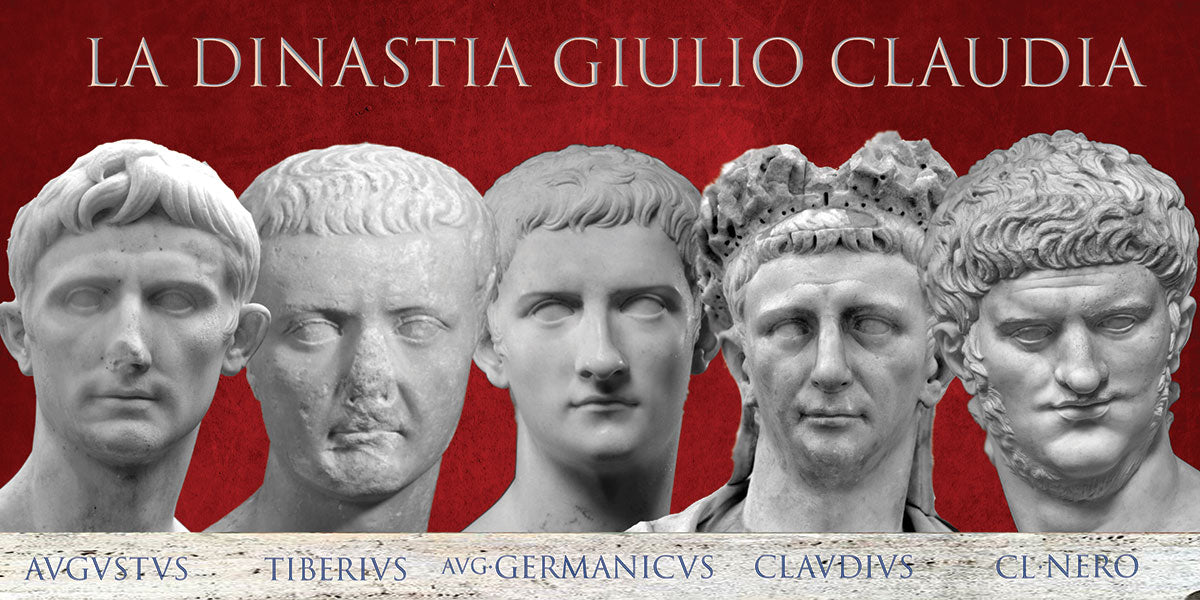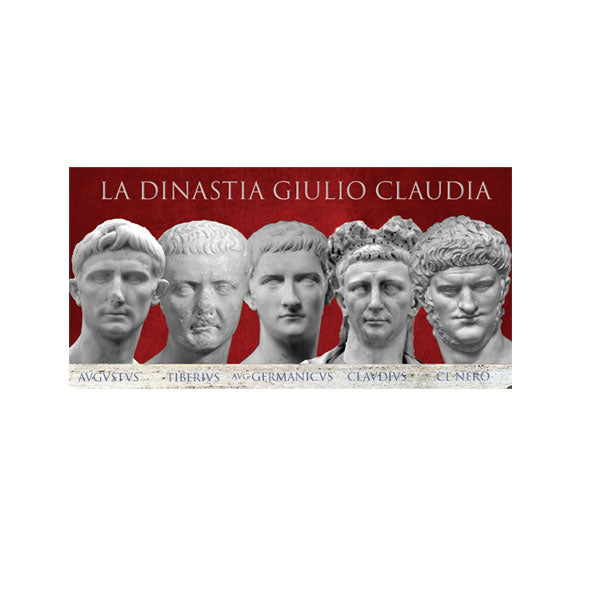The Julius Claudia dynasty
The Julius Claudia dynasty
Couldn't load pickup availability
SKU:VB8GAWS647HKZ
PAY IN 3 INSTALLMENTS WITH PAYPAL
BUY ONLINE, INSURED TRACEABLE DELIVERY
Unique quality material
The hand-polished surface of our acrylic print enhances the depth effect of the image and our invisible hanging system makes the print appear as if it is floating.
Your glossy acrylic print will simply make the rich colors shine and make even the softest hues pop.
The look is achieved with professional 12-color printing that allows rich color combinations to pop in razor-sharp resolution.
YOU WANT A CUSTOMIZED PRODUCT
OR INFORMATION? WRITE TO US
The work
The Julio-Claudian dynasty was an illustrious family of ancient Rome, from which emerged the first five emperors who ruled the Roman Empire from 27 BC to 68 AD. This historical period was characterized by a crucial transition, from the republican system to the principality, with a profound impact on the political, economic, military and cultural development of Rome.
The dynasty takes its name from the two emperors who defined its beginning and end: Gaius Julius Caesar Octavian, better known as Augustus, and Tiberius Claudius Caesar Germanicus, known as Claudius. Augustus, the first emperor, was adopted by Julius Caesar and became a member of the gens Iulia, ushering in the imperial era. Claudius, however, came from the gens Claudia and was the first emperor not to be adopted into the gens Iulia.
During the reign of these emperors, Rome experienced a phase of extraordinary expansion and consolidation, thanks to administrative, military and social reforms that laid the foundations for the greatness of the Empire in the following centuries. The dynasty ended with the suicide of Nero in 68 AD, marking the end of an era and the beginning of a period of instability and transition known as the Year of the Four Emperors.




Scopri i pregiati materiali di Trizio Editore
Carta di Amalfi fatta a mano, cornice in legno di faggio e vetro museale. Guarda i particolari dei prodotti che renderanno la tua casa più elegante e preziosa.




